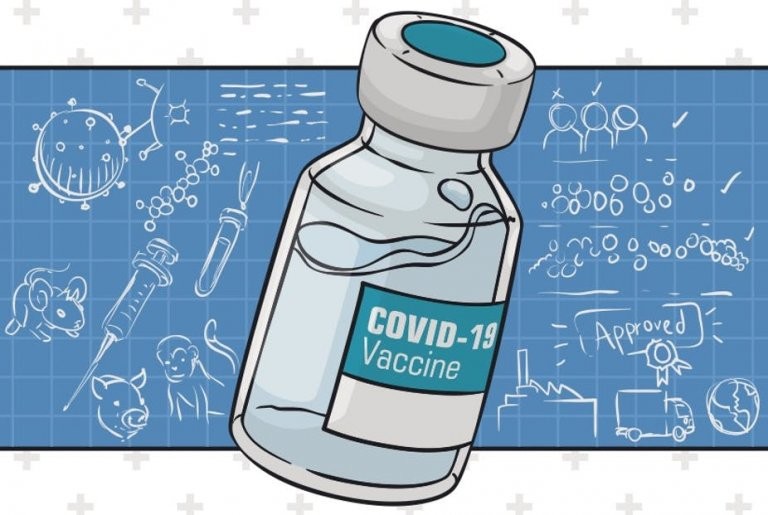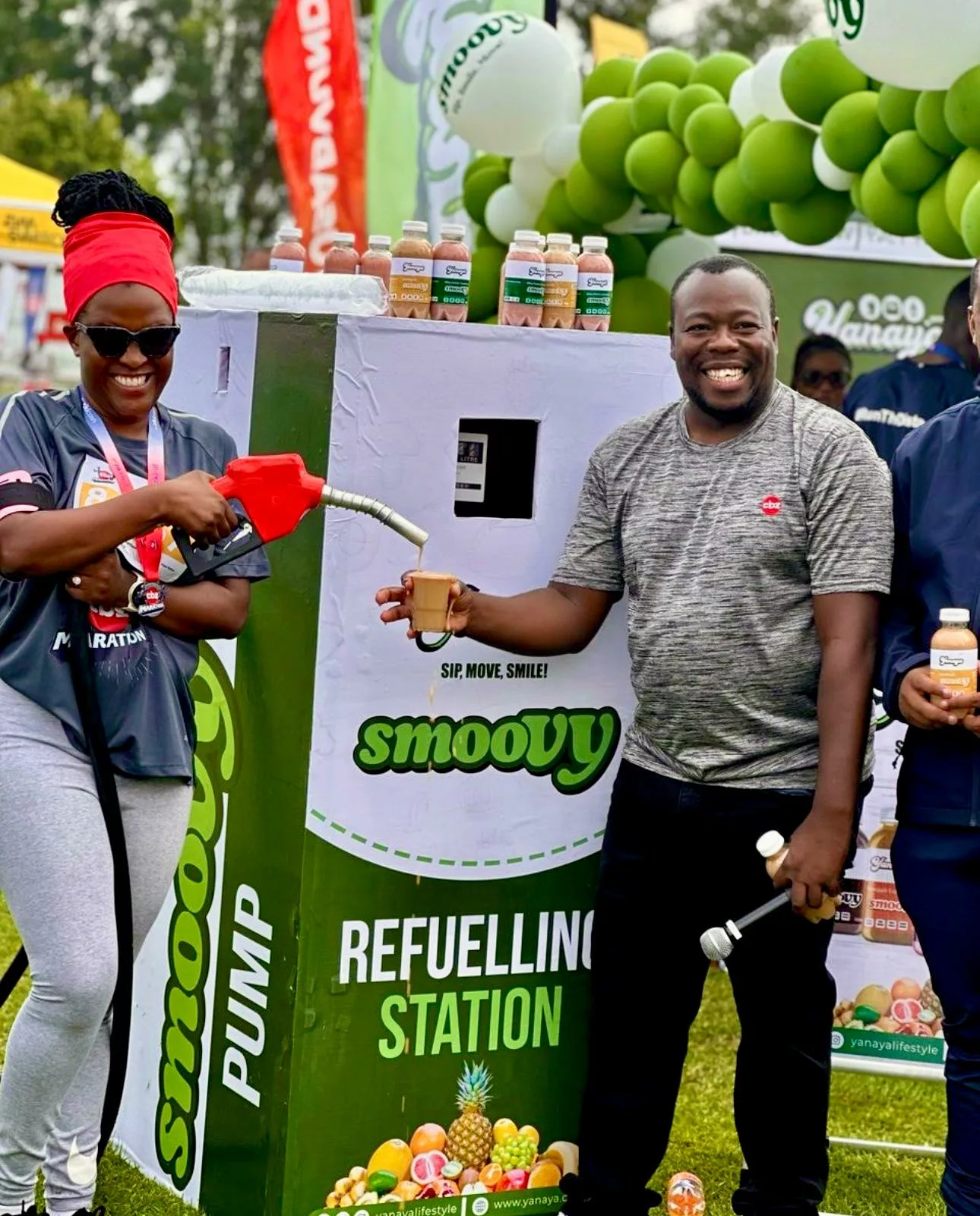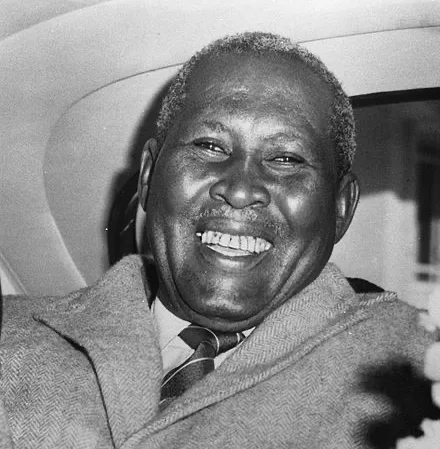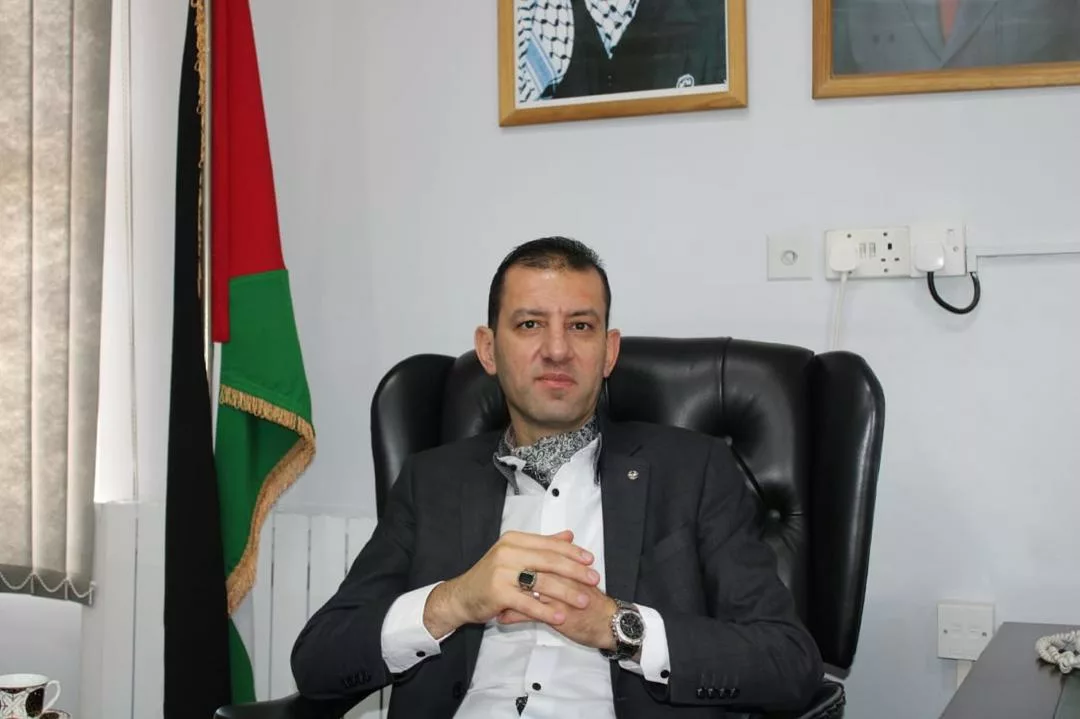|
Getting your Trinity Audio player ready...
|
By ZIMCODD Community Resource Monitors
On the 18th of February 2021, the Government of Zimbabwe through the Ministry of Health and Child Care launched the vaccination program and as at 7 July 2021, a total of 819 058 (first dose) and 579 699 Zimbabweans (second dose) had been inoculated against COVID-19.
The National Vaccination Programme has been enabled by donations from countries such as the People’s Republic of China, Russia, India as well as the purchases by the Zimbabwean government following the announcement of the US$100million surplus on 31st January 2021 which was set aside for the purchase of 20million vaccines (targeting 10million citizens to attain the 60% herd immunity). The following depicts the quantum of vaccines in stock including those already administered as well as those yet to be received:
| NAME OF VACCINE | QUANTITY RECIEVED | QUANTITY PENDING | SOURCE COUNTRY | |
| Sinopharm | 400 000 | China (Donated) | ||
| Sinopharm | 600 000 | China Bought) | ||
| Sinovac | 2 000 000 | China (Bought) | ||
| Sinovac | 1 200 000 | China (Bought) | ||
| Sputnik V | 25 000 | Russia (Donated) | ||
| Sputnik V
Covaxin |
35 000 |
75 000 | Russia (Donated)
India (Donated) |
|
| Covaxin | 1 000 000 | India (Bought) | ||
| Total | 4 260 000 | 1 075 000 |
In a quest to foster transparency and accountability in Public Resource Management in general and COVID-19 resources in particular, ZIMCODD is working with Community Resource Monitoring Agents who are deployed in 54 districts across the 10 provinces.
The statistics shared by the Ministry of Health and Childcare are blanket statistics that look at COVID-19 vaccination at a macroscopic level making it difficult to monitor vaccine distribution or uptake at a local level. However, the increase in cumulative totals of people vaccinated thus far mirrors a positive progression. This has been substantiated by Zimbabwe’s ranking on the 7th position in Africa and 3rd position in the Southern Africa region in managing COVID-19 vaccinations.
This week saw the mass informal traders COVID-19 vaccination campaign being implemented nationwide. The vaccination process is no longer on a voluntary basis, with vendors thrown into panic after the government announced that they will not get any stalls if not vaccinated. This directly increased demand for the first dose as citizens fight to secure their livelihoods which have been ravaged by COVID-19 induced restrictions. For an economy largely informal such as Zimbabwe, with over 70% in informal trading, it is concerning to note that vendors who failed to produce vending licences as defined by the criteria have been excluded from accessing the vaccines, especially in Bulawayo.
Availability
The period May, June, and July saw the demand for COVID-19 vaccines outweighing vaccine supplies, despite the government being on record that there is no short supply of COVID-19 vaccines. Many hospitals and clinics were turning away people who were coming for the first dose as the available vaccines were reserved for the second dose. Such health centers include Phakama in Gwanda, Nyameni clinic in Marondera, Nyamhunga Clinic, Kariba Heights, and Mahombekombe in Kariba, Entumbane Clinic, Luveve, Pumula Clinics in Bulawayo, Glen View Satelite Clinic and Budiriro 1 clinic in Harare, Chiredzi General Hospital, and Chipinge General Hospital. On the other hand, other districts reported a shortage of the second dose and these are Harare urban, Zvishavane, Gweru, Kwekwe, Marondera, Kariba, Masvingo urban, Gwanda, Nyanga in the same period.
This week it is reported that priority is being given to informal traders, who meet the requirements which include an Identity card and vending licences. This means the vaccine is available and accessible to those who meet the criteria while the opposite is true for those who cannot. Community Resource Monitors in Marondera reported that 140 people were being vaccinated a day. While figures shared by the local authority in Marondera indicate that 823 people were vaccinated on the 6th of July, this already exposes discrepancies in information on COVID-19 vaccinations as the three vaccination centres in Marondera cannot test anything beyond 450 people since the daily target is 140.
The Community resource monitors in Gweru reported that the city received the first dosage this week after a couple of weeks of people being turned away. Areas in the periphery are receiving a low number of doses. As of 8 July 2021, districts such as Gokwe reported that they have run out of both the first and second dose, noting that the last batch that came constituted of just 22 doses at Manyoni Clinic. Out of the 45 health centres in Hwange District, it is reported that none of them is offering the first dose. In Chinhoyi, the mass vaccination is underway with only the Sinopharm vaccine available.
Accessibility
The low uptake of COVID-19 vaccines is a function of limited access to COVID-19 vaccines perse and the vaccination programme. As a result, few people turned up for vaccination until the dawn of the third wave. There is improved accessibility in a majority of Districts that have decentralised the vaccination process i.e. Zvishavane is administering vaccines in all 21 health care centres and in Gutu, all 42 health care centres providing vaccination. In districts such as Bulawayo, Mutare, Chinhoyi there have been efforts by the local authorities to raise awareness and encouraging citizens to get vaccinated. Districts such as Kwekwe, Lupane, and Bulawayo reported that the vaccination programme has been decentralised and mobile vaccination has been put in place and this has improved access to vaccination. In a bid to increase efficiency and address the issue of long winding queues which are turning out to be potential super spreaders, Parirenyatwa has introduced a booking system to allow citizens to make a booking prior to accessing the vaccine then obtain a schedule for one’s vaccination program. However, such systems are prone to abuse as those privileged in the society may pay bribes to get earlier dates while the majority poor will remain on the waiting list.
Transparency
While Gweru and Kwekwe indicated that the quantum of vaccine doses announced is not readily available, it is clear that across districts there is lack of clarity on how many doses the local health centres received from the central government. On this basis, it is difficult to determine whether the distribution of vaccines is done in a just and equitable manner. In Marondera, while it is reported that 140 people are being vaccinated a day, from 3 vaccination centres it is surprising to note that statistics indicated on the 6th of July that a total of 823 were vaccinated.
This goes a long way in revealing how there is a lack of transparency in the reporting systems. It is also concerning to note that there is a shortage of vaccination cards, which in the recent past have made headlines being a breeding ground for corruption as officials were getting bribes to release vaccination cards including to those who had not been vaccinated. There is a need for government to ensure that it sets aside enough resources for the printing of the vaccination cards. Vaccination cards must be distributed in a systematic and computerised manner to minimise risk of people fraudulently accessing certificates without getting vaccinated.






